
About OpenDataCam

People use OpenDataCam for many different use cases. It is especially popular for traffic studies (modal-split, turn-count, etc.) but OpenDataCam detects 50+ common objects out of the box and can be used for many more things.
And in case it does not detect what you are looking for, you can always train your own model.
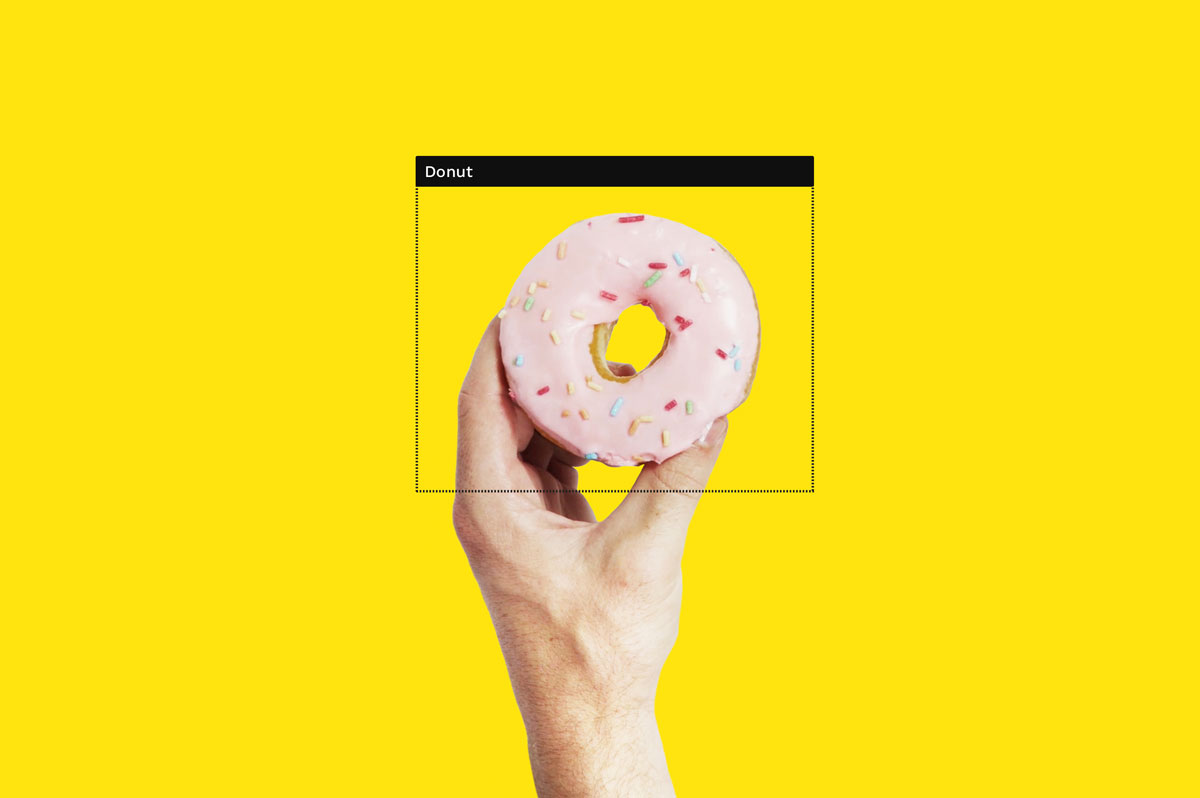
OpenDataCam uses machine learning to detect objects in videos and camera feeds. It then follows the objects as they move accross the scene.
Define counters via the easy to use UI or API, and every time an object crosses the counter, OpenDataCam takes count.
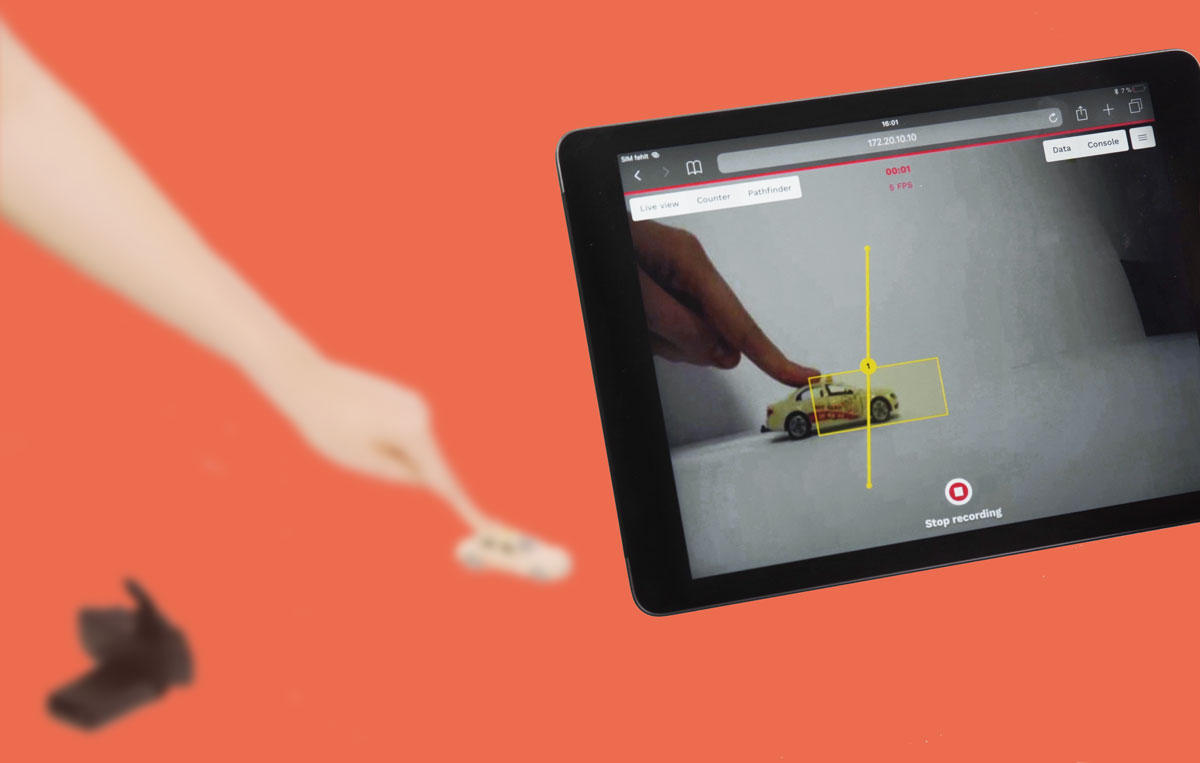
The simplest way to get started with OpenDataCam is downloading our Docker images and run it your computer, server or Jetson device. More information on how to run OpenDataCam on your device or machine can be found in our GitHub repository.
Professionals users and businesses lookin to use OpenDataCam for work, can also take a look at our professional offers and services.
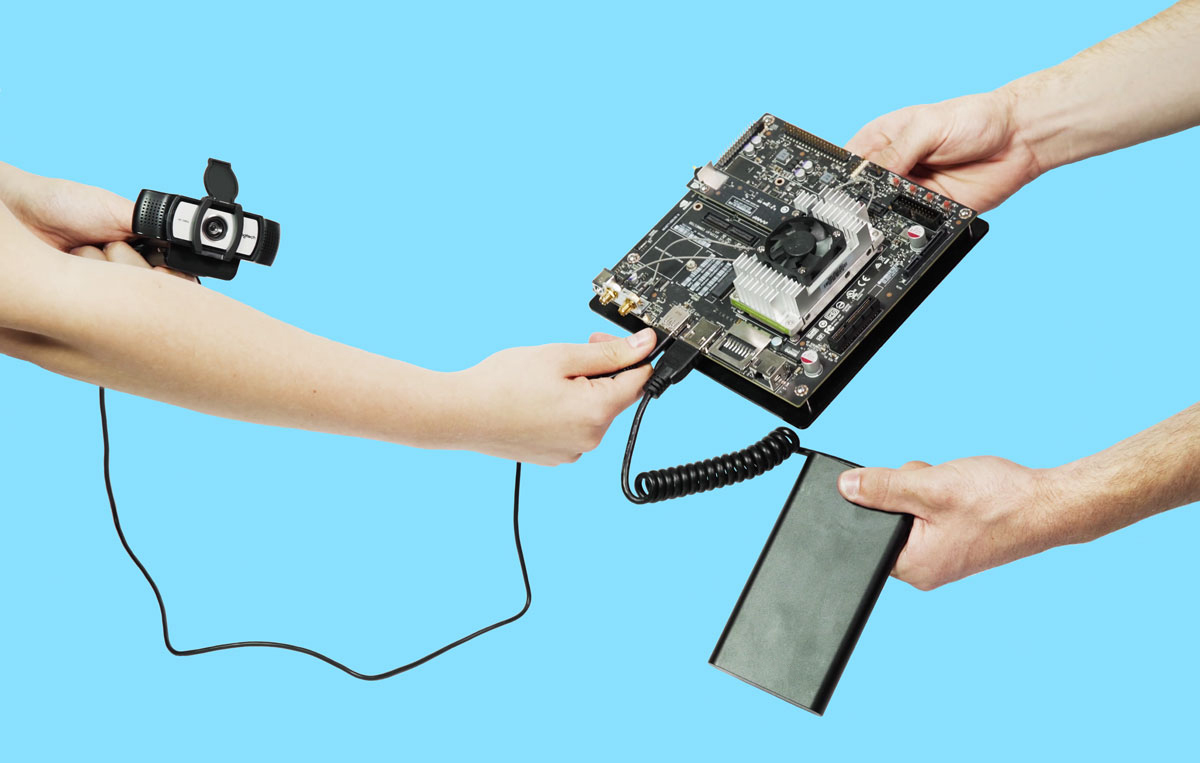
App demo
Features
OpenDataCam comes feature packed, the highlight are
- Multiple object classes
- Fine grained counter logic
- Trajectory analysis
- Real-time or pre-recorded video sources
- Run on small devices in the field or data centers in the cloud
- You own the data
- Easy to use API

Ethics
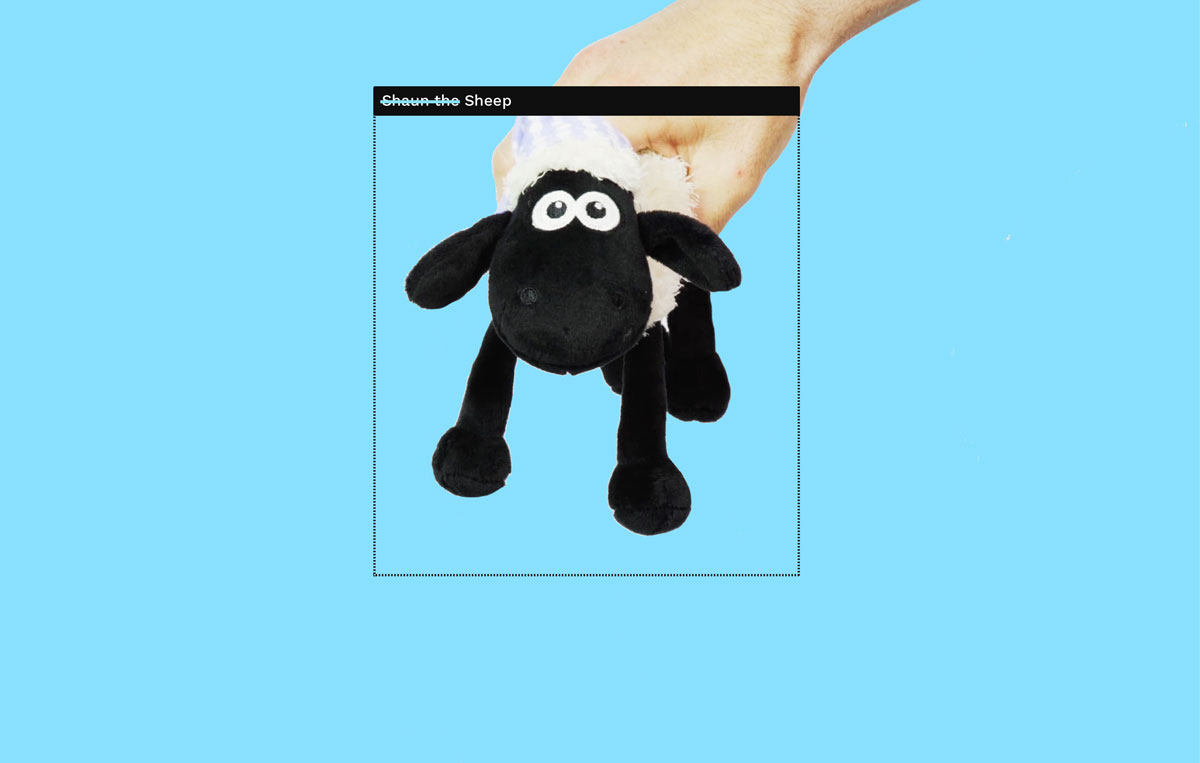
The discussion around the use of cameras and artificial intelligence is ongoing. We believe OpenDataCam is a contribution to this discussion, as it offers an transparent and privacy respecting alternative. The OpenDataCam communitiy invites everyone to contribute to the discussion and development of the technology.
Being an open source project, the communitiy and software is hosted on our public GitHub repository, where it can be reviewed and used by everyone to build privacy preserving camera applications.
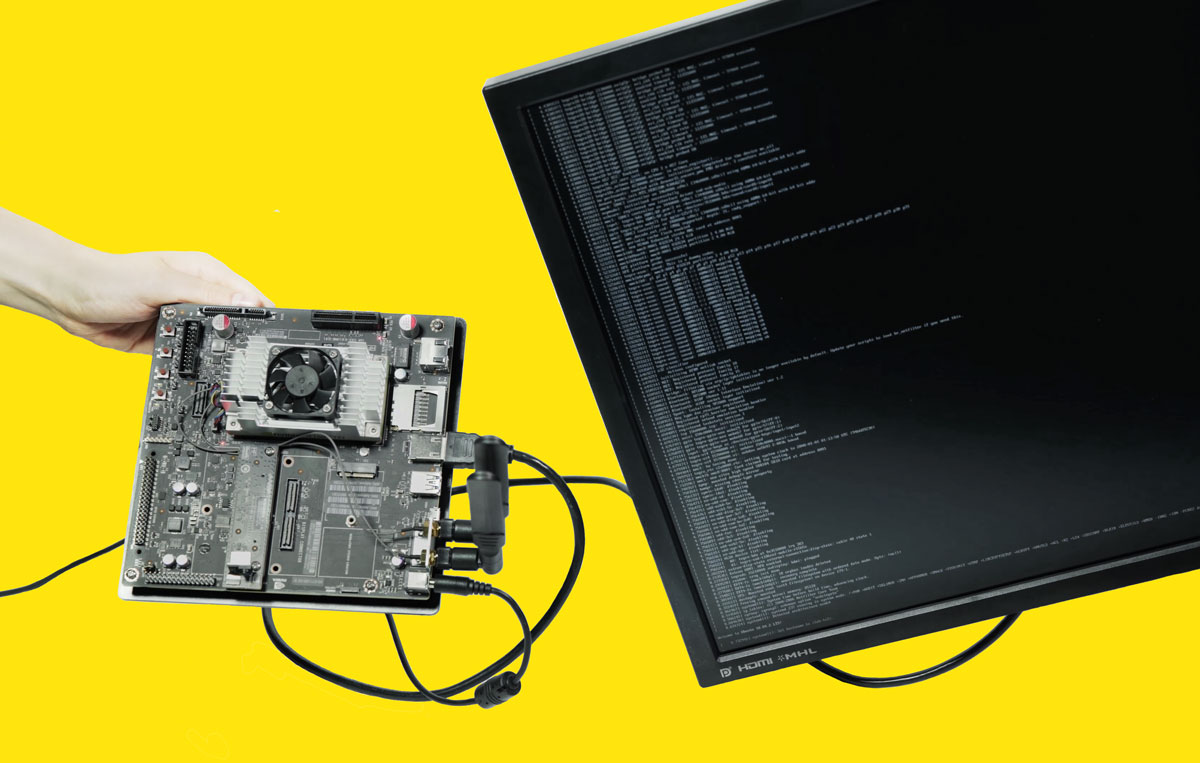
OpenDataCam in the Wild

Research Project with HTW & Technologiestiftung
In coordination with the Berlin traffic administration and advising planners, we'd like to explore how the OpenDataCam performs in real-world settings. We'll take a closer look on accuracy and test scenarios and data evaluation.

Privacy-centred data-driven innovation in the smart city. Exemplary use case of traffic counting
This paper, shows the use case of traffic counting as an example to illustrate how the use of advanced technologies and integrated planning strategies can shift the balance between administrative and business interests on the one hand, and privacy concerns on the other, towards a privacy-centric approach. They demonstrate a privacy-centric participatory development process that led to a prototypical technical solution using OpenDataCam for privacy-friendly and human-centric traffic counting.
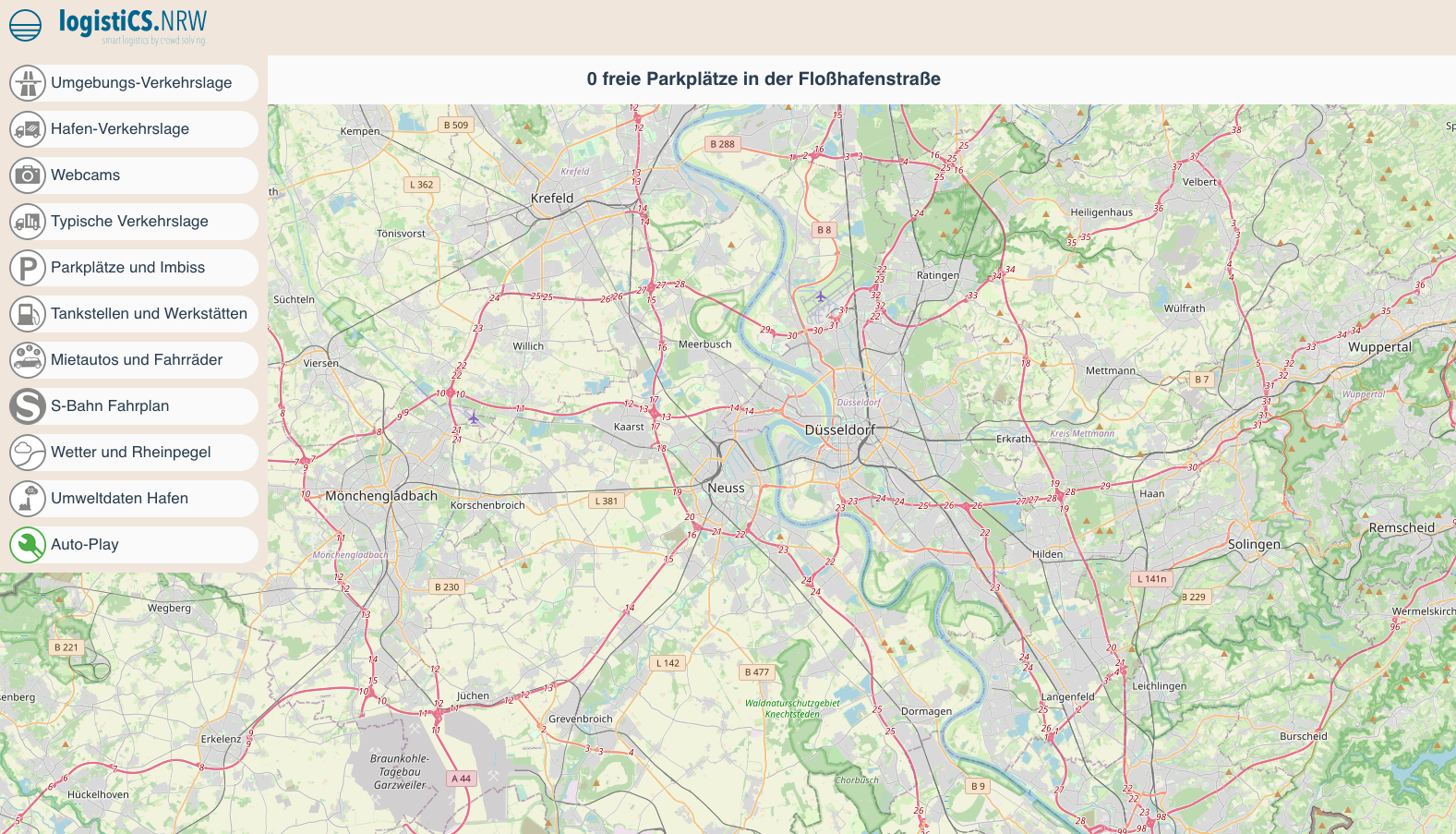
Logistics NRW Dashboard
The “Crowd Solving” project has implemented a Logistics Dashboard including various webcam locations where OpenDataCam is supposed to be implemented to create traffic data around the Neuss Harbour area.
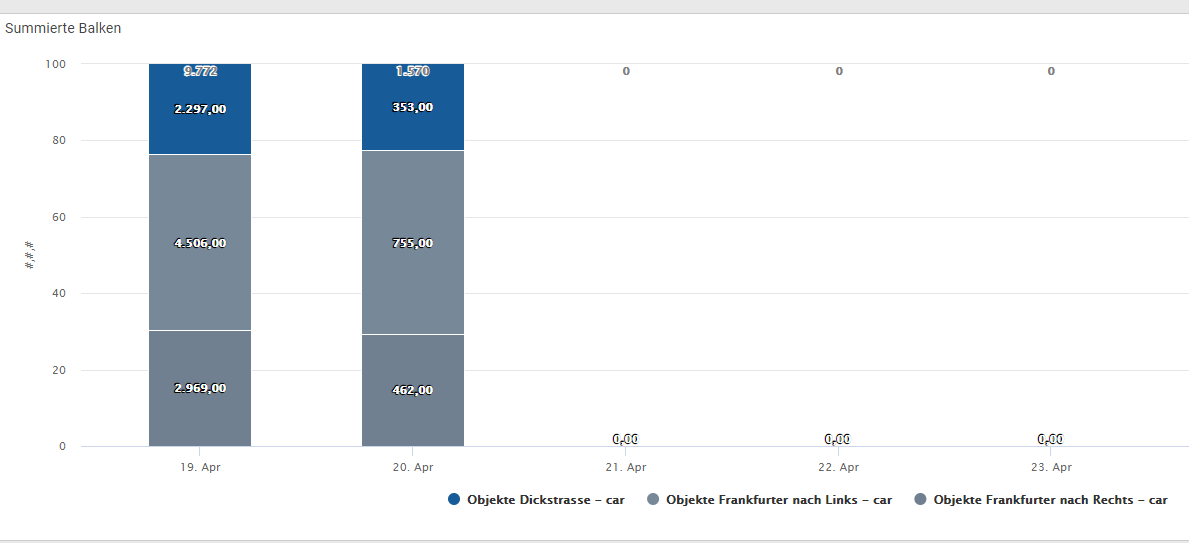
Umsetzungsprojekt mit Stadt Hennef: Verkehrserfassung
In der praktischen Anwendung können so zum Beispiel vorbeilaufende Personen (bspw. im Einzelhandel) erfasst oder Fahrzeuge (bspw. zur Steuerung logistischer Prozesse) in einem bestimmten Bereich gezählt werden. Diese Daten könnten dann wiederum genutzt werden, um Prozesse anzustoßen, wie etwa die Anpassung von Reinigungsintervallen an tatsächliche Besucherzahlen oder der Versand automatischer Benachrichtigungen bei Ankunft oder Abfahrt eines Lieferfahrzeuges.


